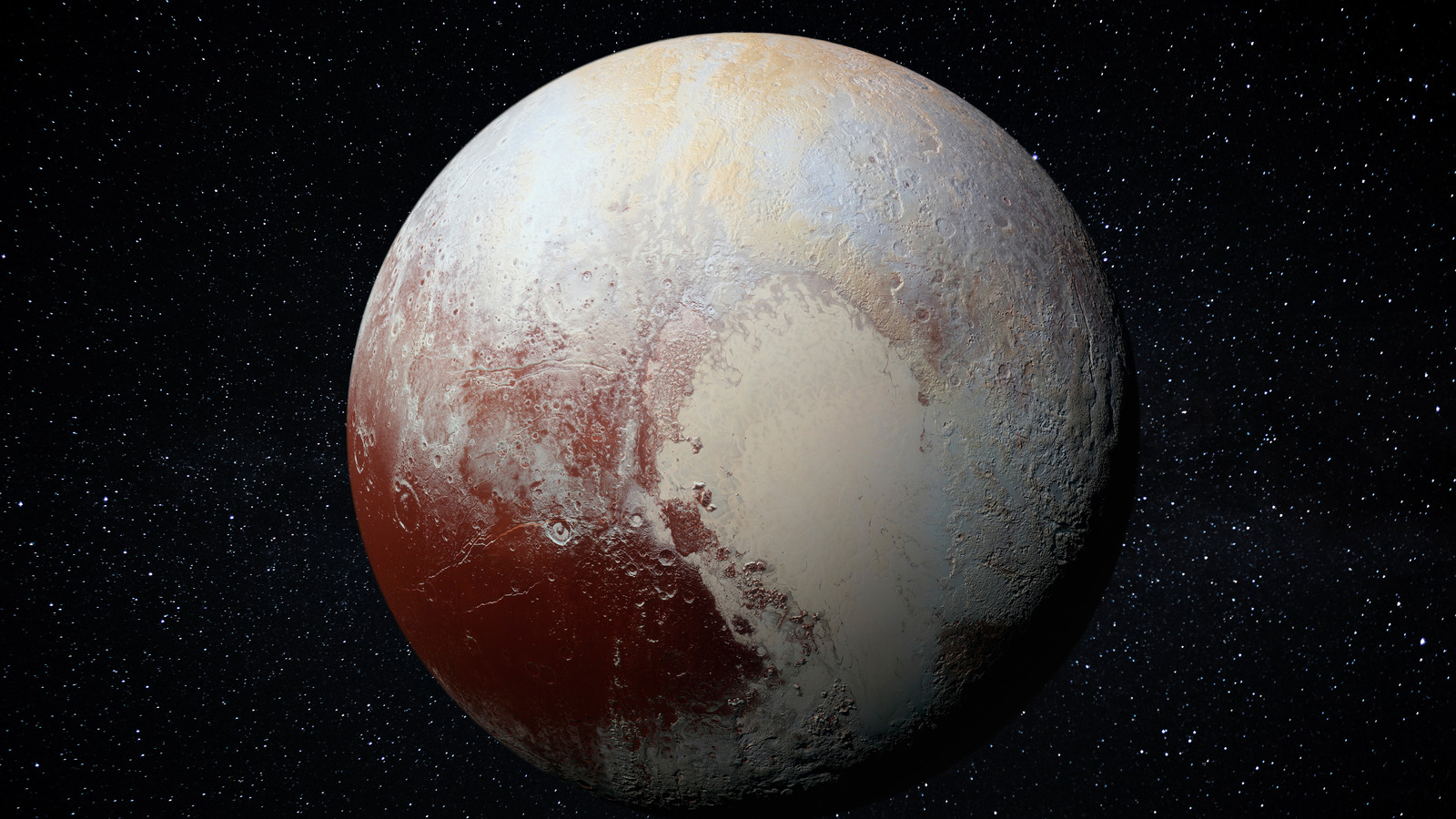What The Recent Finding Of Ice Volcanoes On Pluto Actually Means

One reason that these findings are surprising is that it challenges what we know about the history of Pluto. The structures identified in the research are relatively young, meaning they have been formed relatively recently. The researchers can tell that because of the few impact craters in the area, which are formed when the dwarf planet is impacted by asteroids. Few impact craters mean that the terrain was formed relatively recently, covering up older impact craters. But to form the structures seen, there would have to be heat in the interior of the planet, even though Pluto is so far from the sun that its surface temperatures are very low. The heat would be necessary to keep the water ice material in the volcanoes at the right consistency to spread over the surface as is seen in the data (via SWRI).
That means that Pluto would have retained interior heat until relatively recently, which is different from what researchers had predicted about the development of the dwarf planet over time. It was generally thought that Pluto would have lost most of its internal heat long ago, but, in fact, it somehow retained that heat for a long period (via Phys.org). “One of the benefits of exploring new places in the solar system is that we find things we weren’t expecting,” said Singer. “These giant, strange-looking cryovolcanoes observed by New Horizons are a great example of how we are expanding our knowledge of volcanic processes and geologic activity on icy worlds.”
For all the latest Gaming News Click Here
For the latest news and updates, follow us on Google News.

